Wabi Sabi: The Japanese Aesthetics of Imperfection
The Elusive Beauty of Wabi Sabi
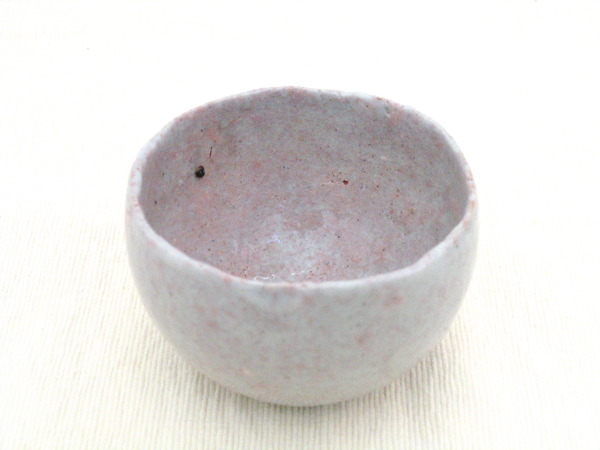
Wabi Sabi permeates many aspects of Japanese culture, from traditional tea ceremonies to architecture and art. But what's particularly intriguing is how this philosophy finds its way into the world of manga and anime. These narrative forms, which have gained recognition globally, often focus on profound emotional experiences, moments of reflection, and appreciating simplicity – all at the very essence of Wabi Sabi.
Wondering exactly how Wabi Sabi influences your favorite anime and manga titles? As we delve deeper into this topic, we'll discover how this ancient aesthetic shapes modern storytelling, making them even more enchanting and authentic. Let's therefore allow ourselves to be swept away by the spirit of Wabi Sabi and immerse in its beauty.
Wabi Sabi: Roots and Evolution
The initial steps towards the philosophy of Wabi Sabi took place in medieval Japan when Zen Buddhists began shaping the country's culture and aesthetics. The terms "Wabi" and "Sabi" originally had slightly different connotations than what we associate with today. "Wabi" initially alluded to the loneliness of living in nature, away from society, while "Sabi" described something cold or fading over time. Over time, these two terms evolved, adopting deeper, more poetic meanings. "Wabi" began to refer to simplicity and natural imperfection, while "Sabi" centered on the beauty of aging or decay.
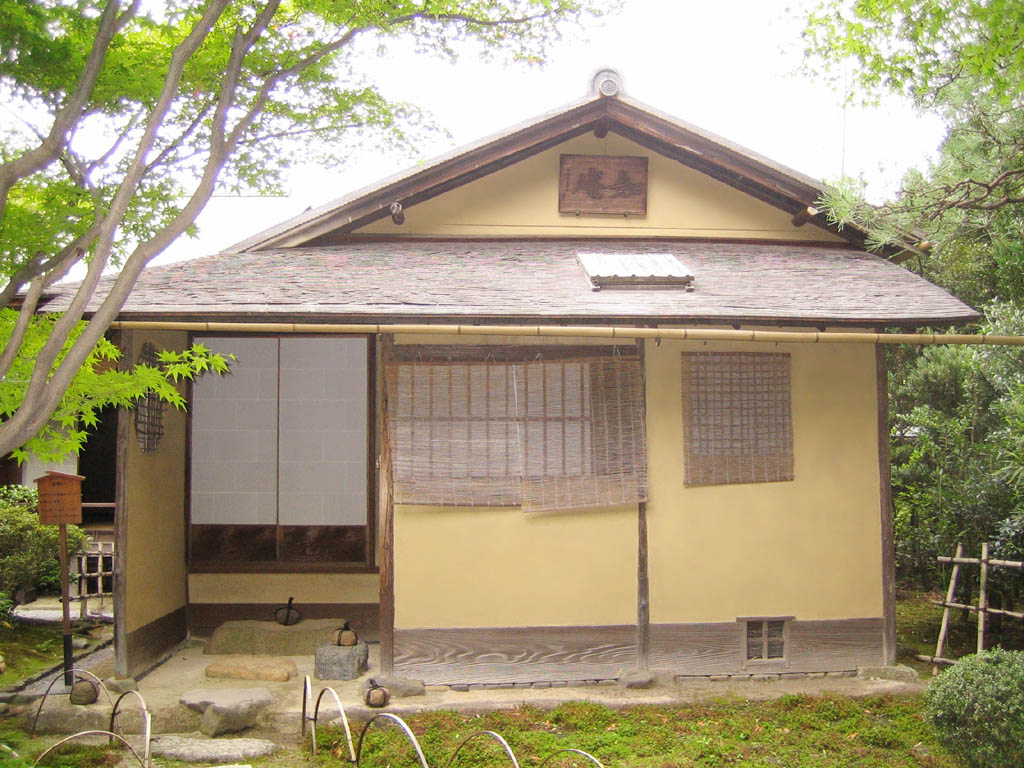
As centuries passed, Wabi Sabi became not just a cultural element but also a philosophical approach to life. Focusing on transience and imperfection became a way of dealing with the inevitability of suffering in human existence, an ideal echoing Zen Buddhism. Wabi Sabi encourages cherishing the fleeting moments instead of chasing after unattainable ideals of beauty or perfection.
Today, Wabi Sabi is recognized globally as one of the most distinct and vital aspects of Japanese culture. Although its roots are deeply traditional, this philosophy continues to evolve and adapt, shaping modern art, design, and narrative, including in manga and anime.
Wabi Sabi: The Heart of Japanese Tradition
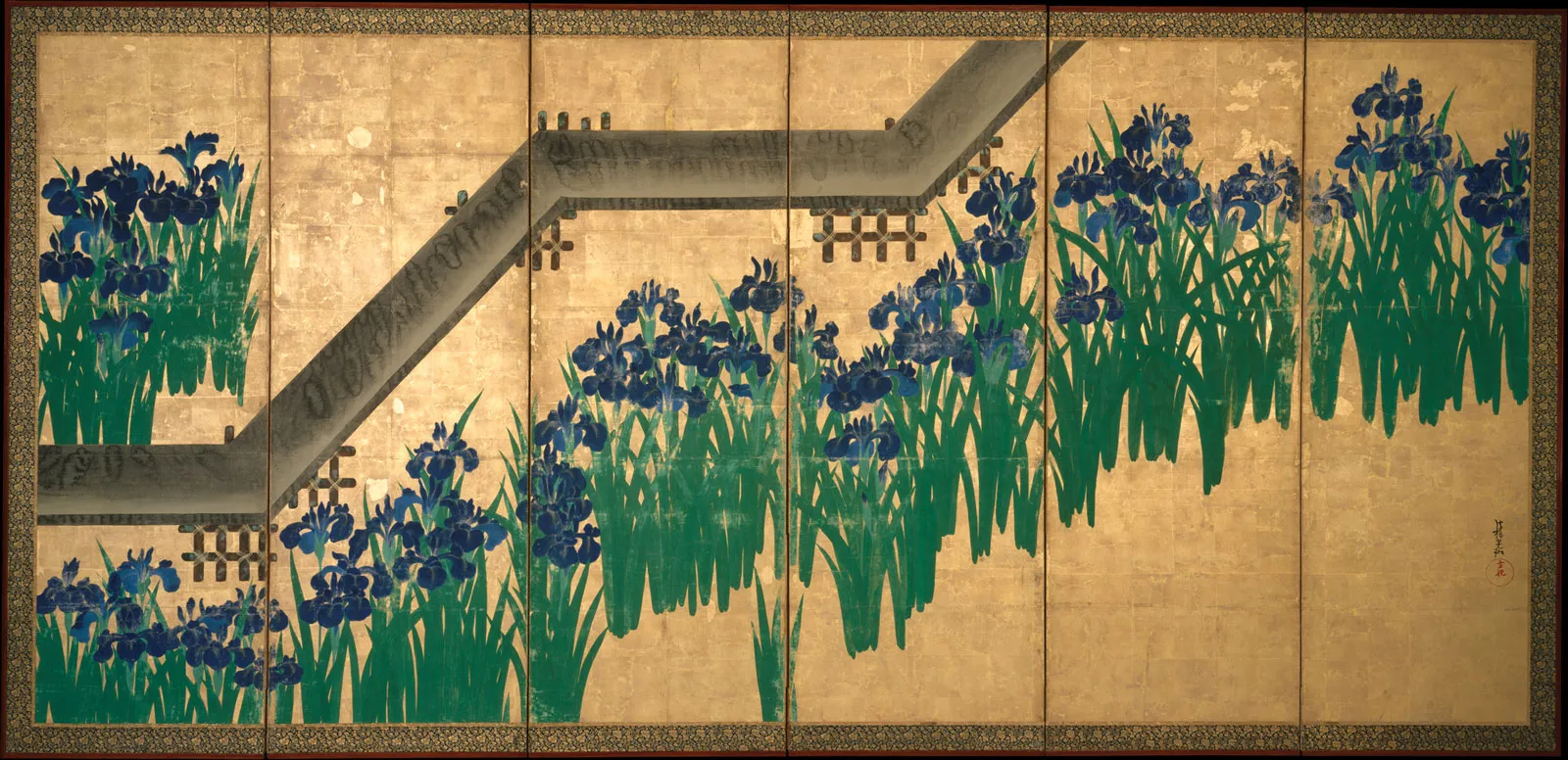
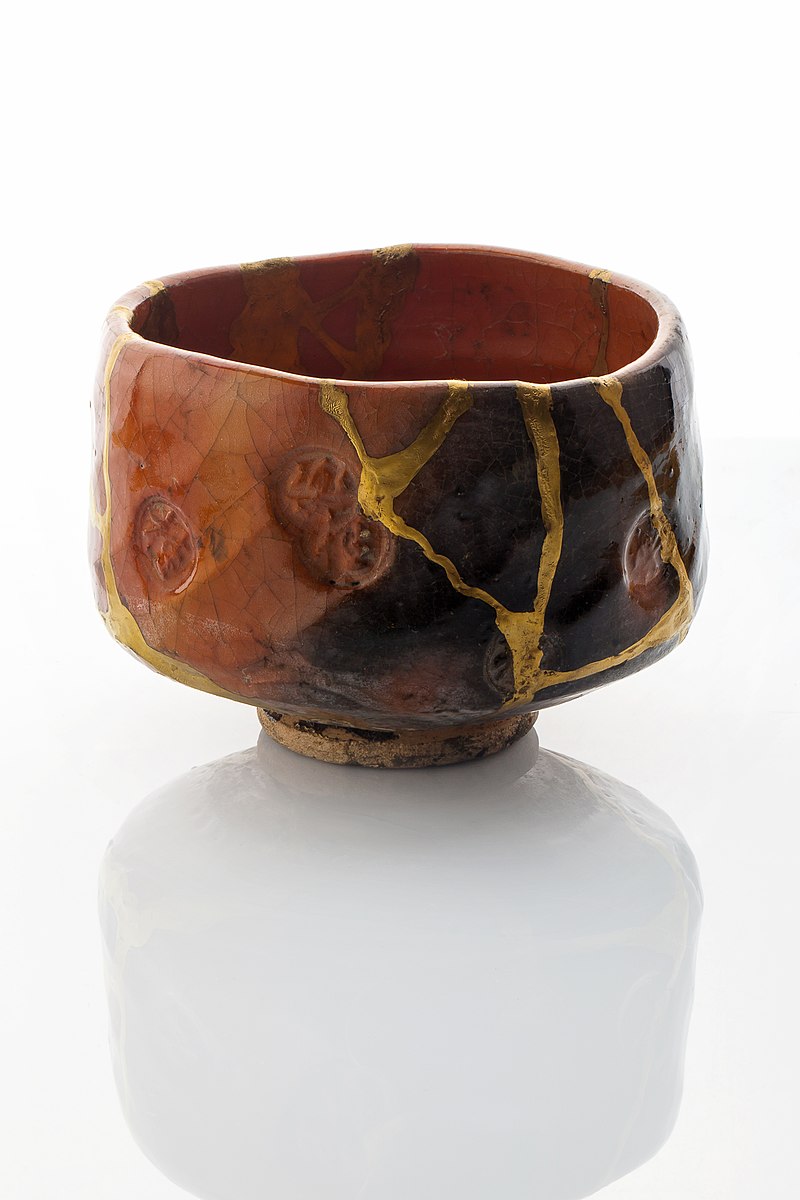
The influence of Wabi Sabi on Japanese society is undeniable. For centuries, the Japanese have been taught to appreciate beauty in transience and imperfection. This approach is evident in numerous festivals, like Hanami, where people celebrate the momentary beauty of cherry blossoms in bloom. Literary works, like the essays of Yoshida Kenkō in "Tsurezuregusa," also emphasize this unique worldview, teaching humility and cherishing moments.
Wabi Sabi in Manga and Anime: The Aesthetics of Imperfection and Transience in the Animation World
One of the most striking portrayals of Wabi Sabi in anime is "Mushishi". This series follows Ginko, a wandering researcher who studies the unique beings called "Mushi". The landscapes and tales reflect transience and simplicity, while the diversity of Mushi and their interactions with humans showcase the imperfections and unpredictability of the world.

"Barakamon" is the story of Seishū Handa, a young calligrapher who is forced to leave Tokyo and move to a rural island after an incident. Throughout the series, we see Handa learning to appreciate the simplicity of rural life and the beauty of imperfection in both people and nature.
"5 Centimeters per Second" by Makoto Shinkai is a movie that portrays the fleeting nature of human relationships. Through three short stories about love and distance, the film conveys the idea that not everything lasts forever, and beauty can be found in transience.
In the anime "Natsume Yuujinchou", the protagonist, Takashi Natsume, inherits the ability to see spirits and, with it, a book containing contracts his grandmother made with these spirits. Through his various interactions with the spirits, Natsume experiences fleeting yet deeply meaningful relationships that reflect the Wabi Sabi aesthetic.
"Clannad" and its sequel "Clannad: After Story" depict the life of Tomoya Okazaki, who struggles with his own imperfections and learns about the value of family. Moments of sorrow, loss, and simple joys of life portrayed in these series encapsulate the essence of Wabi Sabi.
"Garden of Words" (Kotonoha no Niwa) is another film by Makoto Shinkai that focuses on the imperfect and transient relationship between a student and an older woman. The rain-soaked garden where they meet perfectly captures the ephemeral nature of beauty.

Wabi Sabi in Contemporary Culture
Although rooted deeply in Japanese tradition, Wabi Sabi has emerged as a global trend, influencing contemporary pop culture in both overt and subtle ways. In interior design, for instance, the principles of Wabi Sabi manifest in preferences for natural materials, imperfections in form and finish, and simple, minimalist arrangements. This is about celebrating authenticity, evident in the trend for recycled furniture, imperfectly shaped ceramics, and handmade textiles.
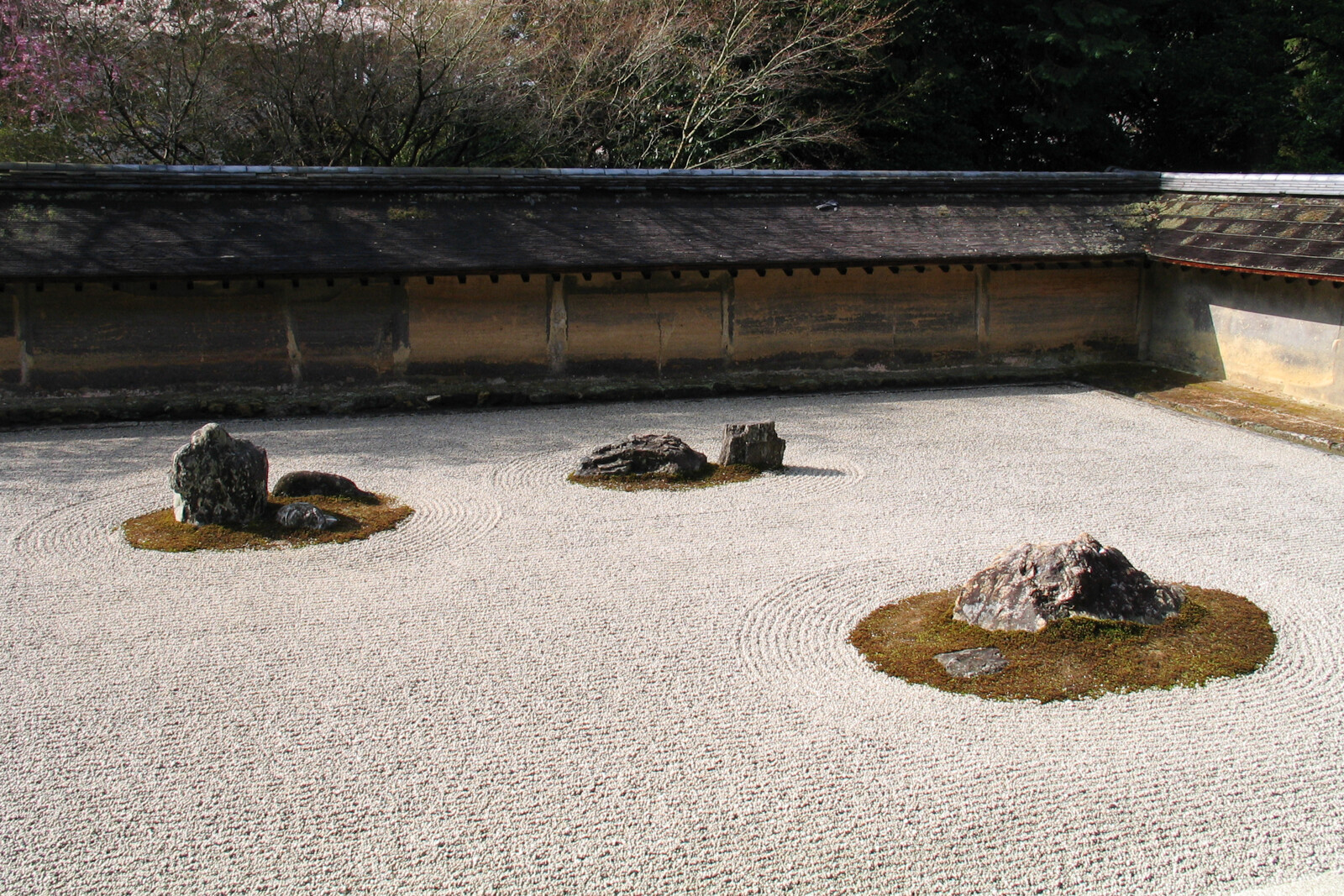
Music is not exempt from the influence of Wabi Sabi aesthetics. Japanese artist Yoko Ono, known for her avant-garde achievements, often incorporates ideas of impermanence and imperfection in her work. But it's not just Japan drawing from this philosophy. Artists like Billie Eilish and Florence Welch, through their lyrics and visuals, follow the ideal of beauty derived from imperfection and ephemerality.
Another interesting example is technological advancement where, paradoxically, Wabi Sabi finds its place. In the Instagram era dominated by "perfect" photos, there's a trend towards publishing failed, blurry, or "unaesthetic" photos, an attempt to escape artificiality and seek genuine, authentic beauty in imperfection. This shift in perspective aims to highlight the value of authentic moments and experiences in a world dominated by technology.
The Surprising Charm of Imperfection
The modern world continuously strives for the ideal of perfection, often overshadowing the real value of moments and experiences. The paradox is that at the heart of our fascination with perfection lies a deep yearning for authenticity. It's Wabi Sabi, a philosophy drawing from simplicity, imperfection, and transience, that serves as a reminder that beauty doesn't necessarily have to be perfect to be valuable.
It's astounding how a philosophy originating from distant Japan can find its place in global pop culture, becoming a universal message. Perhaps, in the age of digital perfection and incessant rush, we need Wabi Sabi now more than ever to remind us that the true essence of life lies in imperfections, ephemerality, and simplicity. In an era of technology and constant connectivity to the virtual world, let Wabi Sabi be the compass guiding us back to authenticity, celebrating transience, and appreciating the beauty surrounding us every day - often in the least expected places.
"Strong Japanese Women"
see book by the author
of the page
未開 ソビエライ
An enthusiast of Asian culture with a deep appreciation for the diverse philosophies of the world. By education, a psychologist and philologist specializing in Korean studies. At heart, a programmer (primarily for Android) and a passionate technology enthusiast, as well as a practitioner of Zen and mono no aware. In moments of tranquility, adheres to a disciplined lifestyle, firmly believing that perseverance, continuous personal growth, and dedication to one's passions are the wisest paths in life. Author of the book "Strong Women of Japan" (>>see more)
Personal motto:
"The most powerful force in the universe is compound interest." - Albert Einstein (probably)
Mike Soray
(aka Michał Sobieraj)
未開 ソビエライ
An enthusiast of Asian culture with a deep appreciation for the diverse philosophies of the world. By education, a psychologist and philologist specializing in Korean studies. At heart, a programmer (primarily for Android) and a passionate technology enthusiast, as well as a practitioner of Zen and mono no aware. In moments of tranquility, adheres to a disciplined lifestyle, firmly believing that perseverance, continuous personal growth, and dedication to one's passions are the wisest paths in life. Author of the book "Strong Women of Japan" (>>see more)
Personal motto:
"The most powerful force in the universe is compound interest." - Albert Einstein (probably)
Mike Soray
(aka Michał Sobieraj)
Write us...
Ciechanów, Polska
dr.imyon@gmail.com
___________________
inari.smart
Would you like to share your thoughts or feedback about our website or app? Leave us a message, and we’ll get back to you quickly. We value your perspective!


